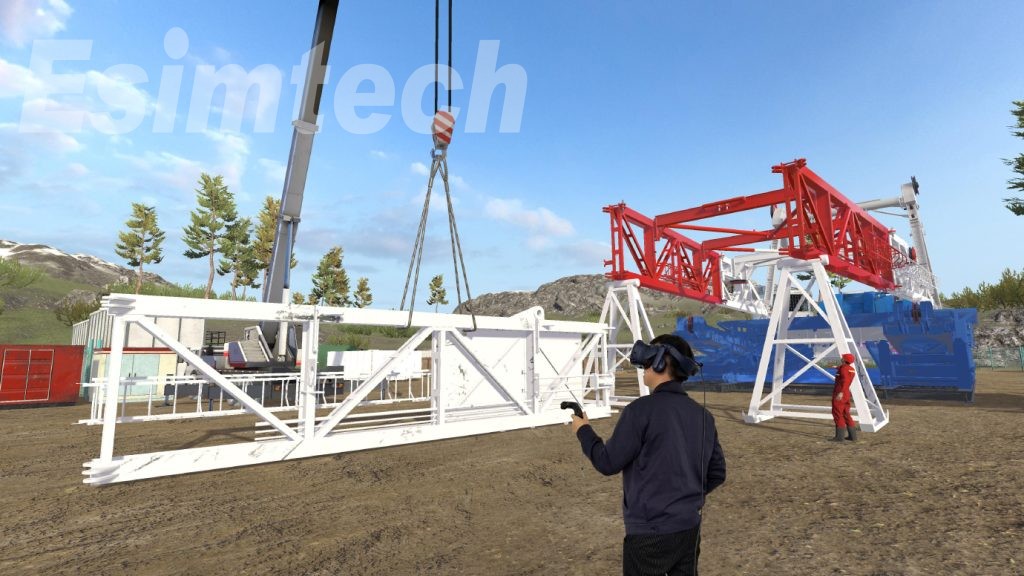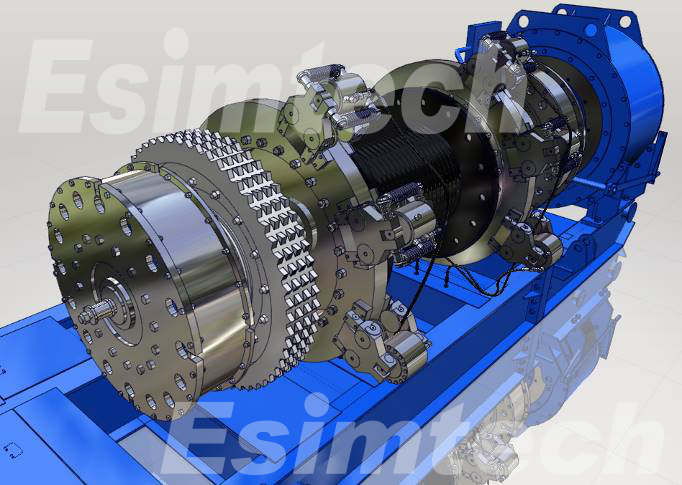Why Land Rig Installation Animation is Important In the Oil and Gas Industry
In the ever-evolving world of the oil and gas industry, land rig installation animation continues to shape and revolutionize various aspects of operations. It utilizes computer-generated imagery (CGI) to create interactive and visually captivating animations that depict the entire process of land rig installations. But what is land rig installation animation, and how does it benefit the industry? In this article, we will delve into the details of this innovative technology and explore its significance in the oil and gas industry.

What is Land Rig Installation Animation
Land rig installation animation is a digital visualization approach that employs computer-generated imagery (CGI) to replicate and illustrate the process of preparing a land rig for drilling operations. It provides a visual picture of the many stages of rig installation, from basic site preparation through final equipment arrangement. The animations are often made with advanced computer software and are based on precise engineering data and standards.
The fundamental goal of land rig installation animation is to improve comprehension, communication, and decision-making during the rig installation process. The technology provides stakeholders with a detailed and immersive experience by generating a virtual environment, allowing them to envision the full installation procedure from start to finish. This visual representation enables stakeholders to gain a comprehensive understanding of the project, identify potential challenges, and make informed decisions regarding design, logistics, and safety.

Key Advantages of Land Rig Installation Animation
Enhancing Safety and Training
One of the most important advantages of land rig installation animation is its capacity to increase safety. The oil and gas sector is inherently dangerous, and ensuring worker safety and limiting risks is critical. The animations, by recreating the installation process, enable operators, engineers, and other stakeholders to detect potential safety issues and devise mitigation methods. This proactive approach to safety decreases the risk of accidents or incidents occurring during the installation process, thereby safeguarding lives and assets.
Furthermore, land rig installation animation is a significant training tool for rig operators. The animations can be utilized to replicate various circumstances, such as equipment failures or emergency situations, creating a realistic teaching environment. This permits rig employees to become acquainted with the installation process, understand their roles and responsibilities, and develop the essential skills to properly handle unexpected obstacles. The animations lead to a more skilled and confident workforce, which improves safety outcomes by boosting training and preparedness.

Optimizing Design and Planning
The ability to optimize design and planning is another key feature of land rig installation animation. Rig installations require complicated engineering that takes into account aspects including equipment compatibility, geographical limits, and operational efficiency. The animations give engineers and designers a visual depiction of the proposed rig design, allowing them to analyze multiple configurations, identify potential bottlenecks, and optimize the arrangement for optimal performance. This early detection of design problems or logistical issues allows for prompt changes, resulting in smoother installation processes and better operating outcomes.
Improving Communication and Stakeholder Engagement
Furthermore, land rig installation animation improves communication and stakeholder participation. The oil and gas animations give a clear and succinct visual language that all parties involved, regardless of technical expertise, can easily understand. This promotes collaborative decision-making by facilitating effective communication among engineers, operators, investors, regulators, and other stakeholders. The animations help stakeholders understand the intricacies and obstacles of rig installation, ensuring that everyone is on the same page and working toward the same goal.
Increasing Efficiency and Cost-effectiveness
Land rig installation animation has considerable cost-effectiveness advantages. Engineers can discover places where time and resources can be saved by visualizing the installation process, resulting in more efficient workflows and cost savings. The animations also aid in identifying optimal equipment placement, reducing the need for costly repositioning or modifications during the installation. Additionally, by allowing for early detection of design or logistical issues, the animations help prevent costly delays and revisions, ultimately resulting in significant cost savings for the project.
Supporting Remote Operations and Global Collaboration
Remote operations and global collaboration, which are becoming increasingly common in the oil and gas business, are also supported by land rig installation animation. Because the animations are virtual, distant teams can work efficiently regardless of their physical location. The animations enable smooth communication and collaboration among multinational teams, whether they are discussing designs, holding virtual meetings, or troubleshooting issues. This feature not only enhances productivity but also allows businesses to tap into a diversified talent pool without being constrained by geographical restrictions.
Summary
Land rig installation animation is an effective tool that has revolutionized the oil and gas industry. It improves safety, improves training, optimizes design and planning, streamlines communication, increases productivity, and supports remote operations and cooperation by giving a virtual picture of the land rig installation process. As the industry embraces digitalization and automation, land rig installation animation stands out as a critical tool for stakeholders to make informed decisions, improve operations, and achieve better results. It is a breakthrough that demonstrates the power of visualization and its potential to transform old methods in the oil and gas industry.

